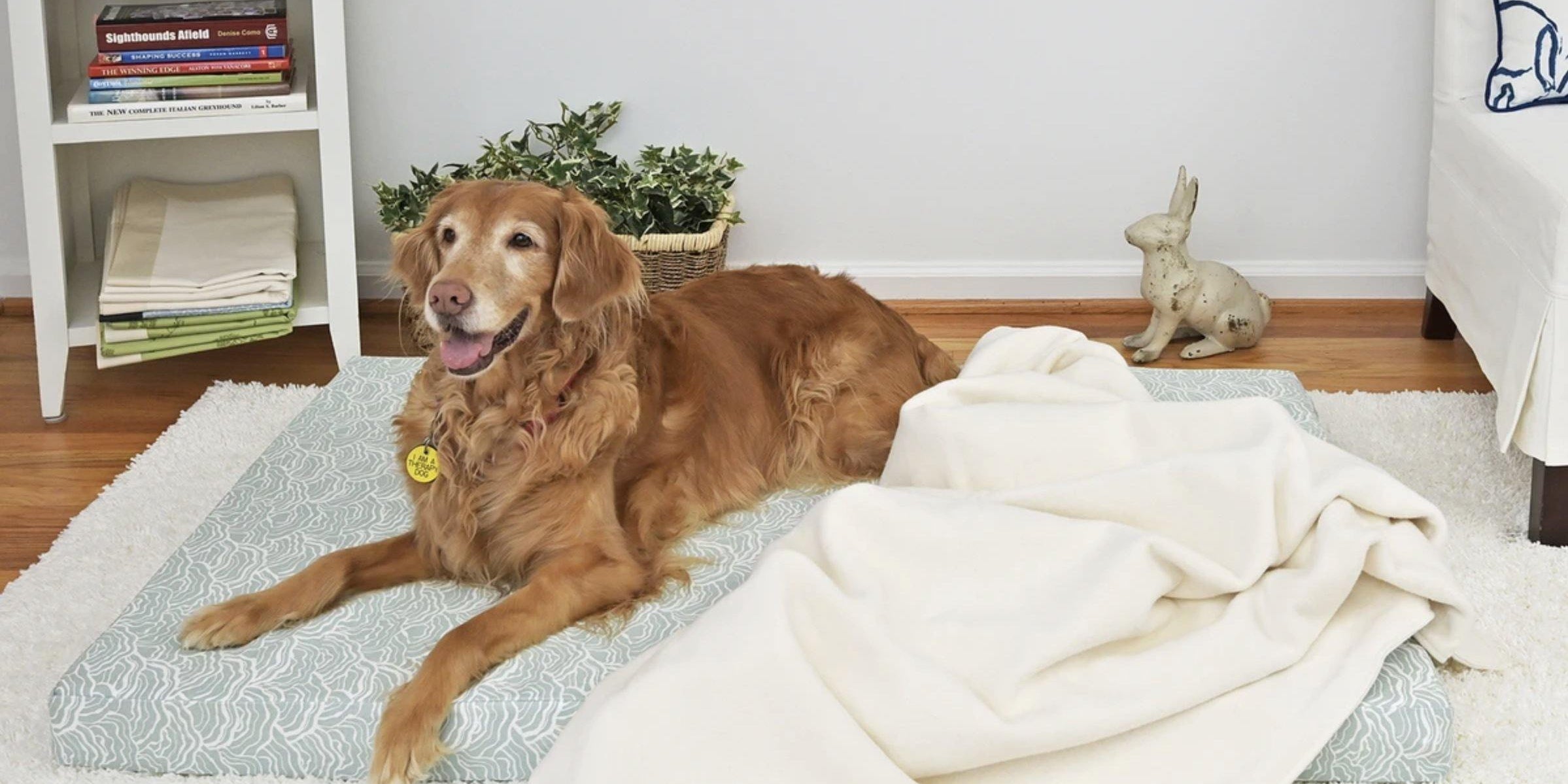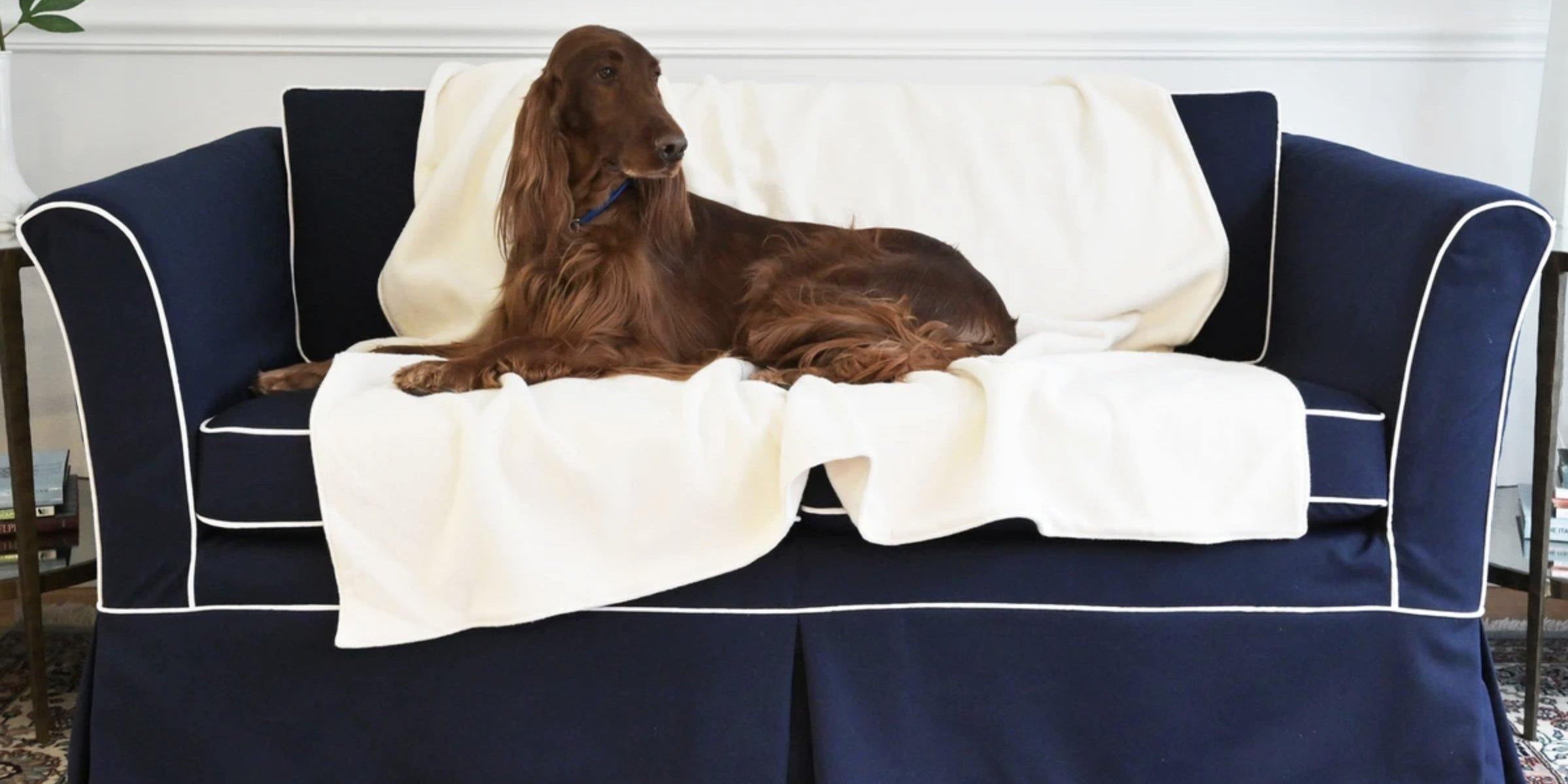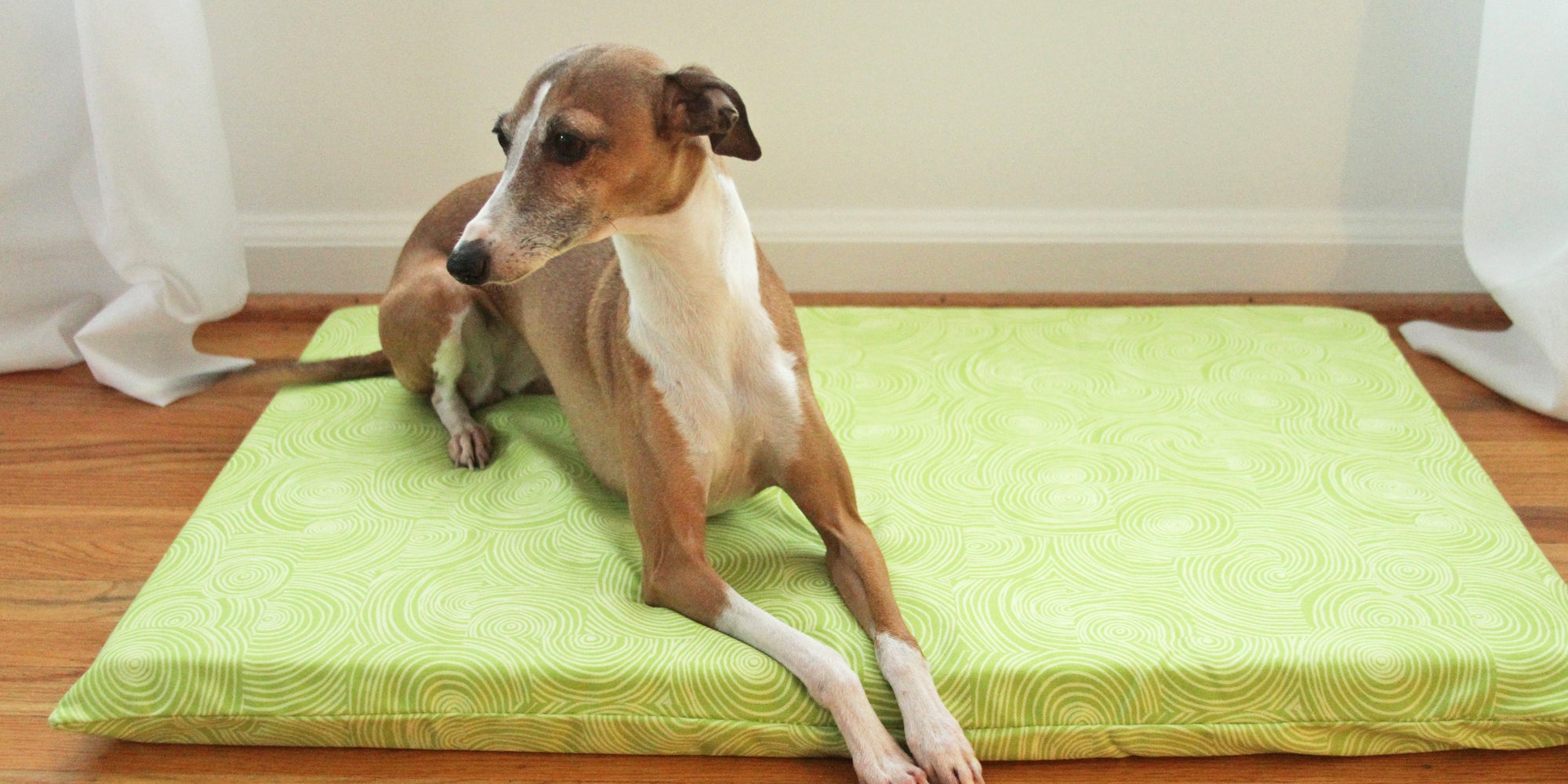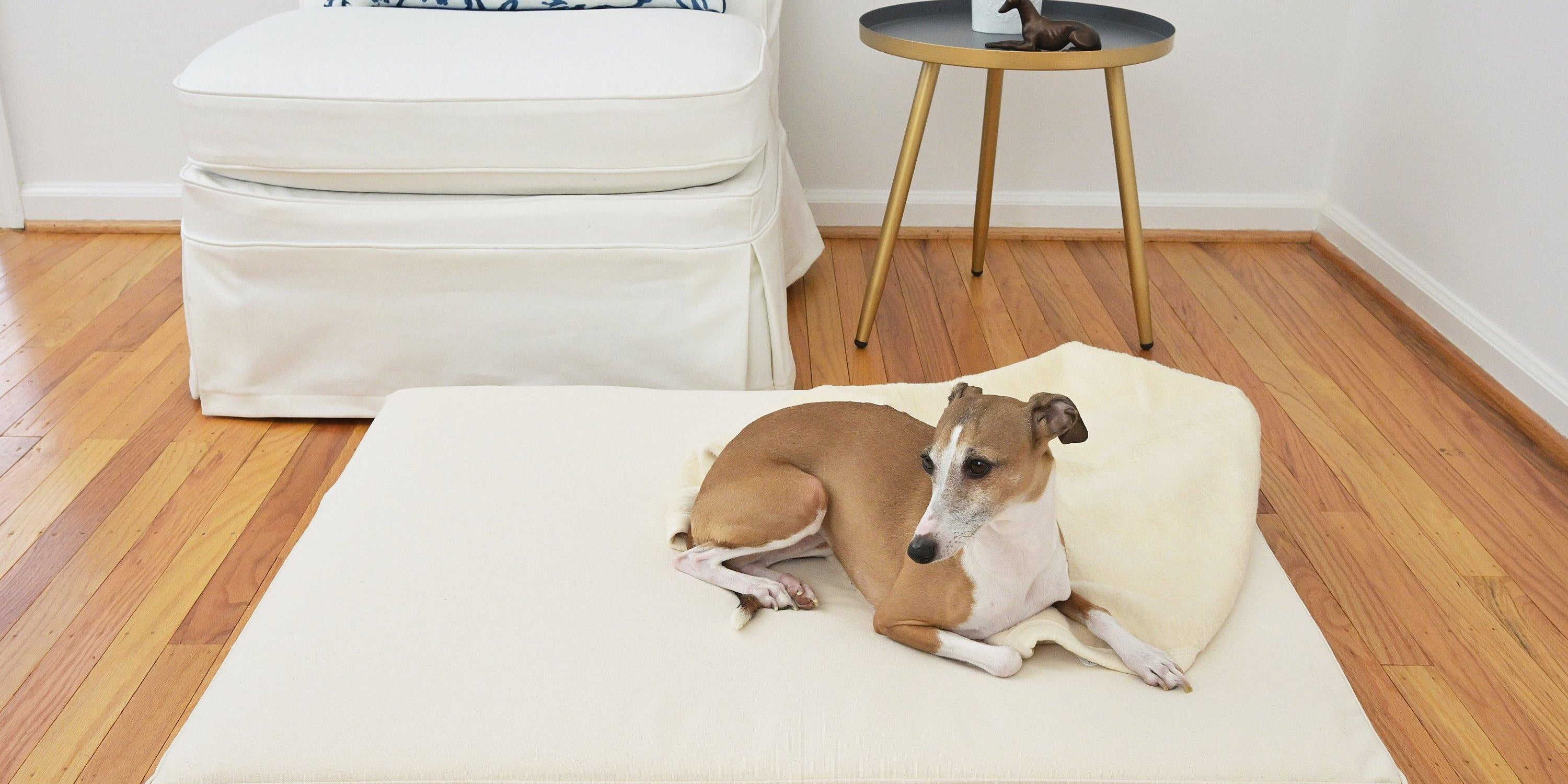Many do not fully understand the difference between buying organic or buying conventional. While conventional cotton is less expensive, it also does not abide by most, if not any, environmental criteria. And though this saves you money, it does not protect you or your pets from many harmful chemicals that are used before conventional cotton is ever grown let alone processed.
In order to be declared organic, textile products are held to a written standard. The common standards, Global Organic Textile Standard (GOTS) and United States Department of Agriculture (USDA), layout minimum processing guidelines that outline ecological and social criteria. The purpose is to monitor the organic supply chain of textiles and provide consumers with a credible assurance that an organic product is, in fact, organic. From how crops are grown and harvested to textile processing, they address environmental and social responsibilities that must be followed, all the way down to its labeling. This provides consumers with a credible assurance that when they buy organic, they are getting organic.
Since there is no question regarding organic products, there is even more reason to avoid conventional cotton products. By showing the differences between organic and conventional textile processing, you are able to clearly see why conventional cotton should be avoided (© Harmony Art):
-
Seed Preparation:
- Organic: Natural, untreated GMO-free seeds
- Conventional: Seeds treated with fungicides, insecticides, or possible GMOs
-
Soil Preparation:
- Organic: Crop rotation that retains more moisture
- Conventional: Monocrop culture that uses synthetic fertilizers and intensive irrigation, causing loss of soil
-
Pest Control:
- Organic: Treated with beneficial insects and trap crops
- Conventional: Treated with fungicides, insecticides, or possible GMOs
-
Harvesting:
- Organic: Natural defoliation from freezing temperatures or water management
- Conventional: Defoliation induced with toxic chemicals
-
Production:
- Organic: Warp fibers stabilized with double plying or non-toxic cornstarch
- Conventional: Warp fibers stabilized with toxic waxes
-
Whitening:
- Organic: Via safe Peroxide
- Conventional: Via chlorine bleaching, which creates toxic bi-products, which are released into the environment
-
Finishing:
- Organic: Soft scour in warm water with soda ash for a PH of 7.5-8
- Conventional: Hot water with synthetic surfactants and additional chemicals (sometimes formaldehyde)
-
Dyeing:
- Organic: Low-impact fiber-reactive or natural dyes with low metal and sulfur content
- Conventional: High temperatures with heavy metals and sulfur content
-
Printing:
- Organic: Low-impact or natural pigments with no heavy metals
- Conventional: Pigments with heavy metals that run off into waterways, polluting them
At All Natural Dog Beds, we are worried about what you are bringing into your home, not just for your benefit, but for your pet’s. We hand make (in the USA) our own solution to conventional textile processing by using organic cotton for our organic dog beds, blankets, and mats. We want your pet to reap the benefits of having an all-natural place to sleep, free of the chemicals conventional cotton entails. Please peruse our online store and start supporting an eco-friendly lifestyle!






